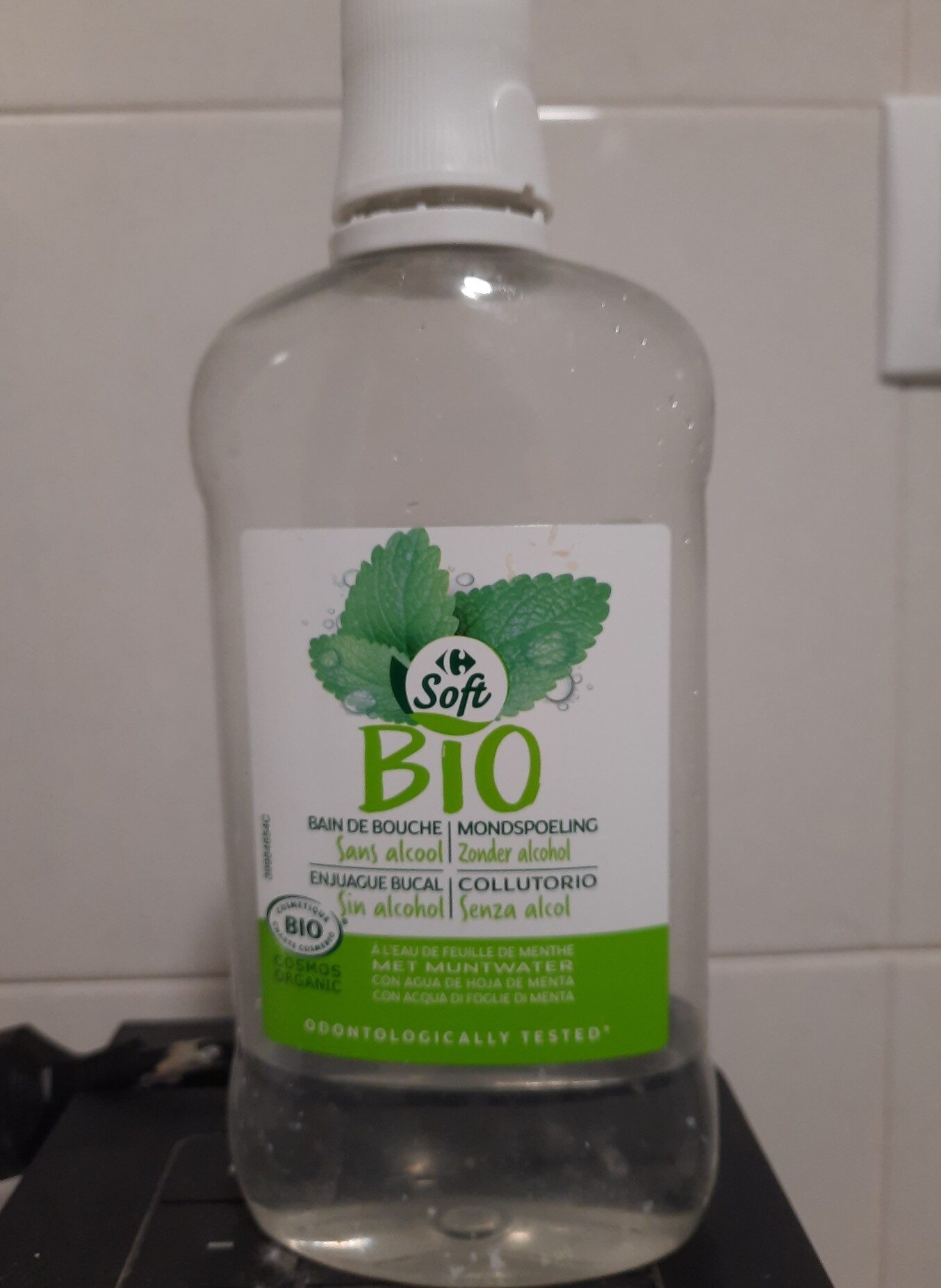Enjuague bucal bio - Carrefour
Aquesta pàgina del producte no està completa. Podeu ajudar a completar-la editant-la i afegint-hi més dades a partir de les fotos ja disponibles, o fent-ne més amb l'aplicació de androide o iPhone / iPad. Gràcies!
×
Codi de barres: 3560071256500 (EAN / EAN-13)
Marques: Carrefour
Categories: Productes no alimentaris, Open Beauty Facts
Botigues: Carrefour
Matching with your preferences
Salut
Ingredients
Additius
Anàlisi dels ingredients
L'anàlisi es basa únicament en els ingredients enumerats i no té en compte els mètodes de processament.
Nutrició
Entorn
Empaquetament
Transport
Report a problem
Fonts de dades
Producte afegit per inf
Última modificació de la pàgina del producte per thaialagata.
La pàgina del producte, també editada per beau, raphael0202, scanbot, teolemon.
Si les dades són incorrectes o incompletes, pot completar o corregir editant aquesta pàgina.



